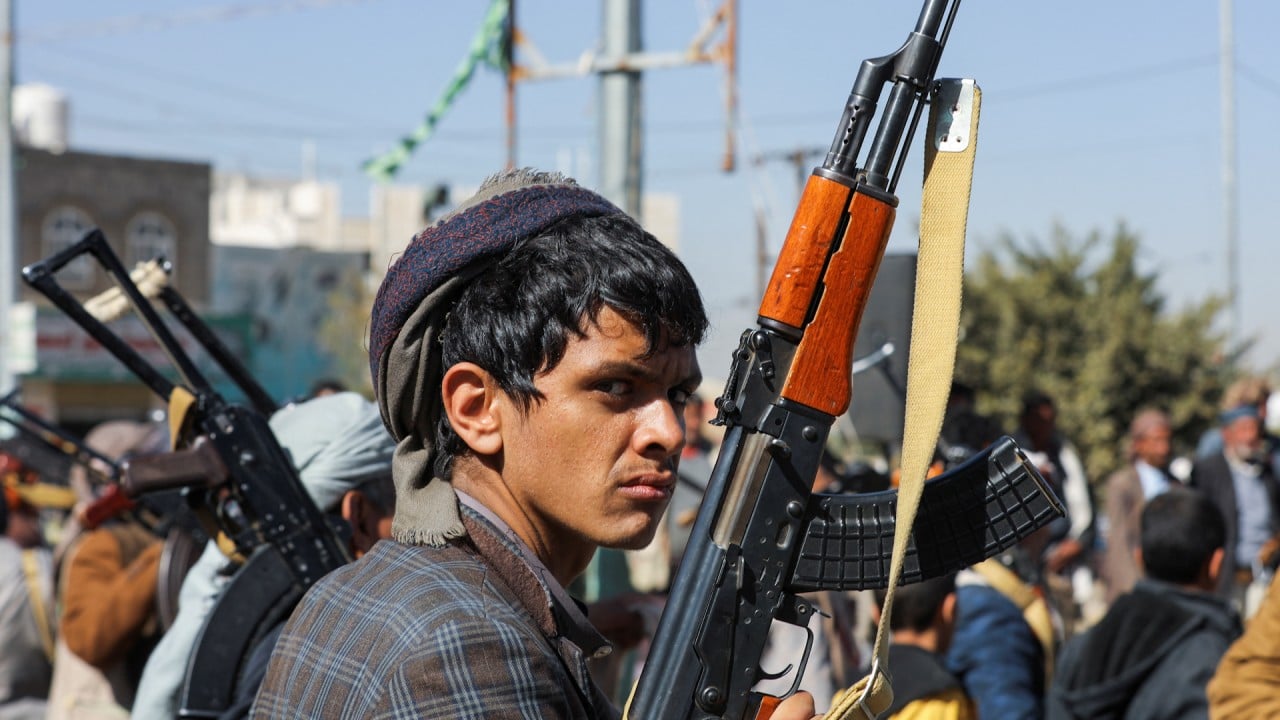“We don’t believe that the Red Sea situation will change in the near future,” he said, referring to disruptions caused by attacks on ships by Yemen’s Houthi rebels. “At the same time, we see the [shipping] demand that started to increase in the last few weeks as quite sustainable.
“So our best estimate is that for the next three or four months, we will see a similar situation.”
The exporters have front-loaded their shipments owing to worries about the prolonged Red Sea risks as well as higher tariffs slapped on Chinese-made goods by authorities in the US. They normally start shipping goods ordered by Western buyers for Christmas and the new year from July.
“We see it as a challenge for the industry as a whole, and for many of our customers it means a lot more inefficiency, a lot more uncertainty,” said Frank. “It causes a lot more work for both the customers and for the logistics providers.”
He said DHL, which enjoys a sizable global network and presence, is advising some of its clients to resort to multimodal transport solutions, such as rail and trucking services, to brave rough weather conditions in the coming months.
The Shanghai Containerized Freight Index, a gauge of rates compiled by the Shanghai Shipping Exchange, climbed 12.6 per cent to 3,044.77 last week. It was the first time since August 2022 that the indicator, which is published on a weekly basis, has broken through the 3,000-point level.
In August 2021, a peak season for container freight from China bound for the US and Europe ahead of the holiday season, slots were often fought over by dozens of exporters who were willing to pay as much as 10 times the normal rates to ship their cargo.
Frank said freight price increases caused by the current imbalance between supply and demand would not turn out to be as hefty as what happened during the pandemic, though he does expect the upwards momentum to continue.
“There are no additional vessels that the shipping lines can use to match the [rising] demand,” he said. “What you see is that the system is, in a way, very stretched and at its limit.”
DHL opened its electric vehicle (EV) centre of excellence in Shanghai last month. It has a team of professionals to ensure the efficient handling, storage and transportation of battery-powered cars and their components, in the hopes of tapping China’s surging exports of EVs.
Frank said electric cars will be one of the key growth drivers for DHL Global Forwarding in China and the Asia-Pacific region.


